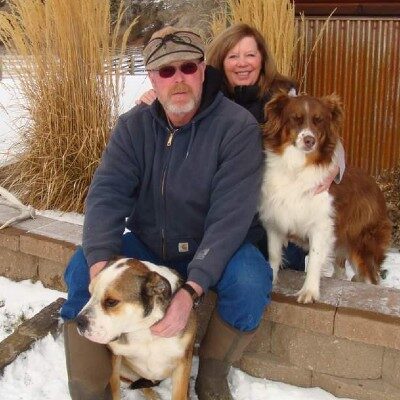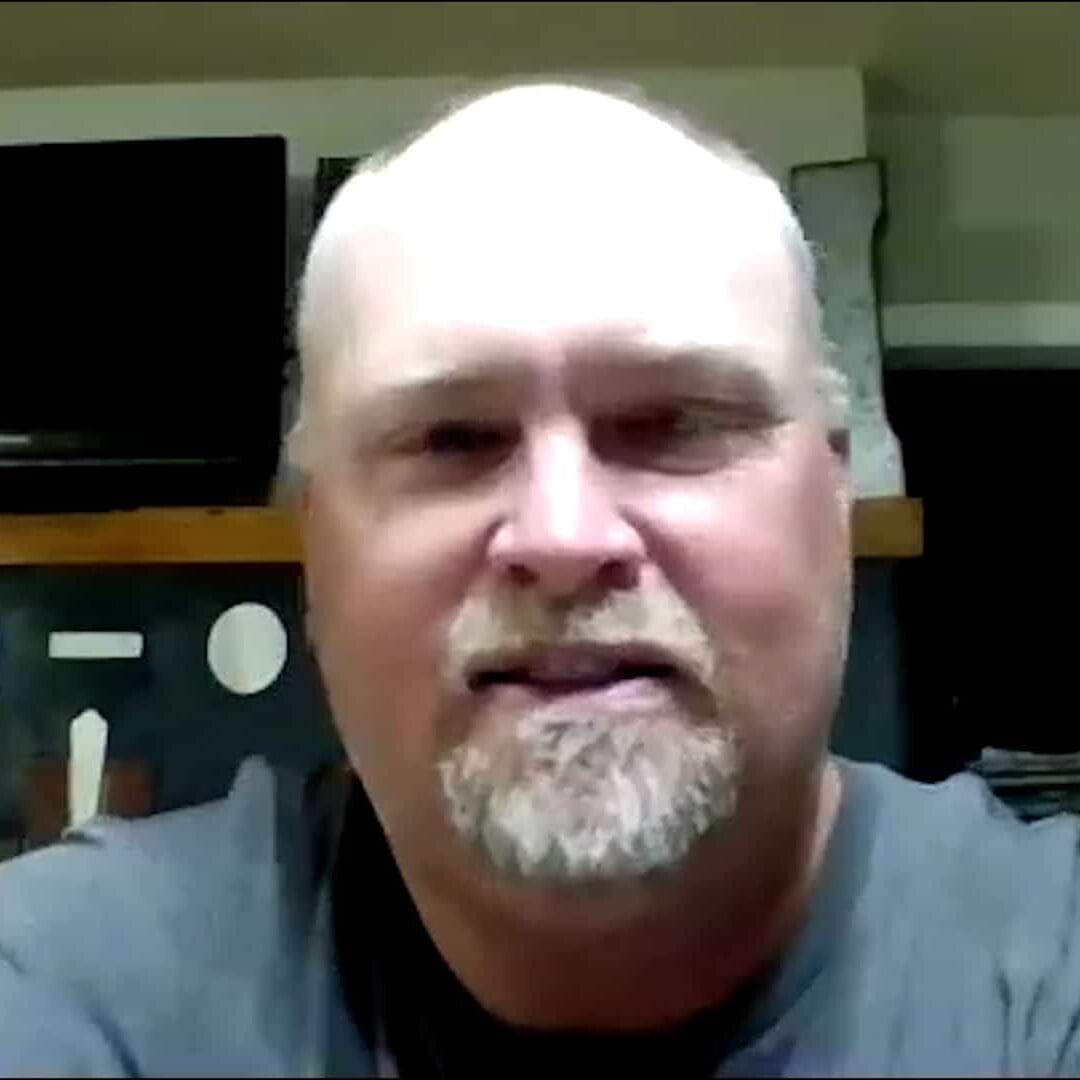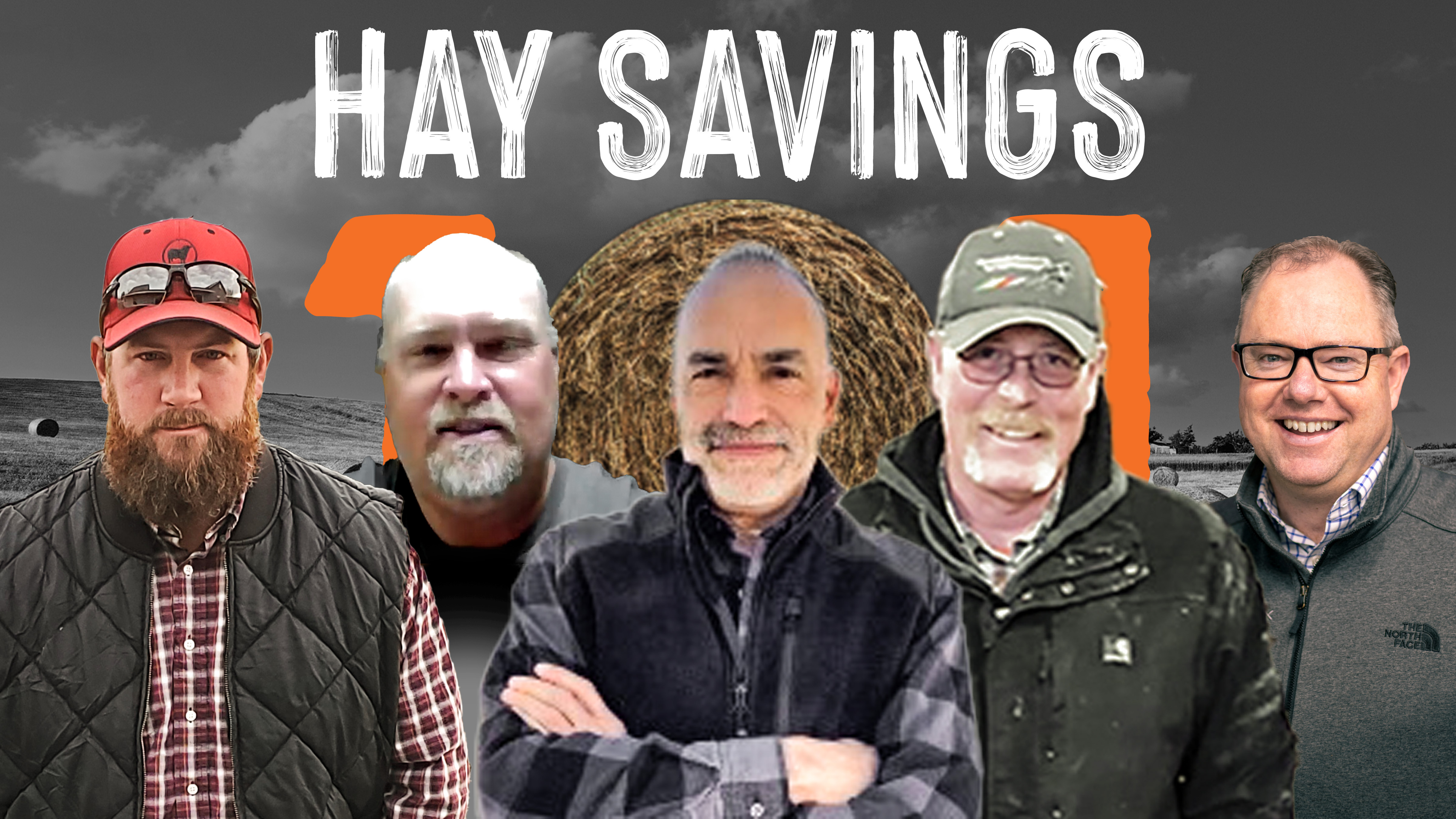Last updated on October 4th, 2023 at 02:15 pm
Without a doubt, ranchers in many parts of cow country are looking at the possibility of another tough winter. And that’s after a tough spring, summer, and fall. Hay is short and expensive, fall and winter pasture is short. That means ranchers across a broad swath of the country are looking at making some hard culling decisions.
With strategic supplementation to save or conserve your feed resources, however, you may not have to cull as deeply or cull at all.
Cutting Back on the Amount of High-Priced Hay to Feed
According to Kurt Luoma, manager of Rock Creek Land and Cattle near Phillipsburg, Montana, he was buying 500 to 600 tons of hay per year because the ranch doesn’t have a lot of hay ground. “And you just can’t sustain that.”
Then he talked to a Riomax® rep. But he was leery of adding a high-priced supplement to the operation. So was the owner. Nonetheless, they both swallowed hard and stepped up. And they haven’t looked back.

His cows now eat about 5 pounds less of hay per head every day of the winter feeding period. At 400 cows, that adds up. Last year, Luoma had hay left over, which he sold. In hindsight, he says, that was a mistake, because the ranch was off by 20 percent this year in hay production due to drought and hot weather.
“This year, we’re looking at $250 a ton on hay. If you do the math, we’re looking at $45,000 just in hay savings. The sustainability of our cattle wouldn’t happen right now or in the last two to three years without this product,” he said.
“It’s three or four years later and it’s proven itself time and time again. Our cattle are healthier than they’ve ever been. Every year it seems our calving improves.”
Just like Freiberger, he also sees forage savings on summer pasture. He’ll put 150-200 head on summer pasture when they go to the mountains. And they’re big pastures, around 3,000 acres. “But our cows weren’t utilizing all those acres, even after we developed water systems, developed springs, and drilled some wells. Our cows just weren’t spreading out.”
This summer, he put Riomax® tubs and salt in those underutilized areas. When they gathered this fall, he had cows on part of the pasture where they had never been before. “So we utilized probably 25% more pasture on the backside of some of these mountains that we’ve never had cows on,” just by strategically placing Riomax® tubs and salt.
What’s more, he had forage left over. So, after weaning in mid-October, he went back to the high country with his cows and will leave them there until it snows.
Making Pastures Last Longer
Then there’s Boone Huffman. He and his family ranch in the Nebraska Sandhills and another place near Chadron, just south of the South Dakota border. Huffman was raised on a ranch, but left to become a chemistry, physics, and biology teacher. He knows how to do math.
He returned to ranching 15 years ago and decided he was going to go about it differently. After all, he wanted to spend time with his family, go to ball games, and still make a living.

He became a Riomax® believer after experiencing a disastrous breed-up on one herd of cows. “Those cows are the highest milking, biggest framed, least fertile. And I was having a crazy open rate of 22 to 24 percent on that herd.”
He put the herd on Riomax® and turned that around.
Being educated as a scientist, he’s done some experimenting on the Chadron place. It’s 800 acres, 720 in pasture, and 80 in hayfield regrowth. “The traditional guy is going to turn out 80 pairs on that 800 acres,” he says, and the calves will come off weighing 550 to 600 pounds. Figuring $1,000 per calf for both steers and heifers, that’s a gross of $80,000.
This year, he turned out 360 first-calf heifers, expecting the forage would last them about two months, and provided Riomax® tubs. The pastures are managed in a rotational grazing system. “We worked through our first rotation and by the time they came back, it looked like we had as much grass as we began with.”
He ended up staying on that ground for four months. “And we know they’re only going to wean a 400-450-pound calf. So the gross revenue was $324,000,” Figuring that on an annual basis, that’s $108,000 when divided by three. Comparing his experience with what he would have grossed under a traditional management system, “That’s an $80,000 difference between the neighbor and ourselves.”
His total cost for Riomax® was $41.80 per pair per month. But he replaced his loose mineral with the tubs, so those savings cut the cost of Riomax® to $25.62 a month, giving him a cost of $9,223 gross for the four-month grazing period. “You take the revenue gain on that third of a year production of $108,000, take away almost $10,00 and you’re left with $98,777.”
Echoing the other two, he told webinar listeners that the county average for stocking rate ranges from 13 acres per AUM to 20. “We’re running on about 7.5 to 8 acres, a cow a year.” That’s a 106% increase.
Do the Math; Make Sure Your Livestock Supplement Pays
Indeed, as Luoma says, Riomax® is only expensive if you can’t do math. Do the math. And do the right thing to survive the high hay prices.
Want to figure how much you could make by saving hay on the Riomax® program? Check out our hay savings calculator HERE.



